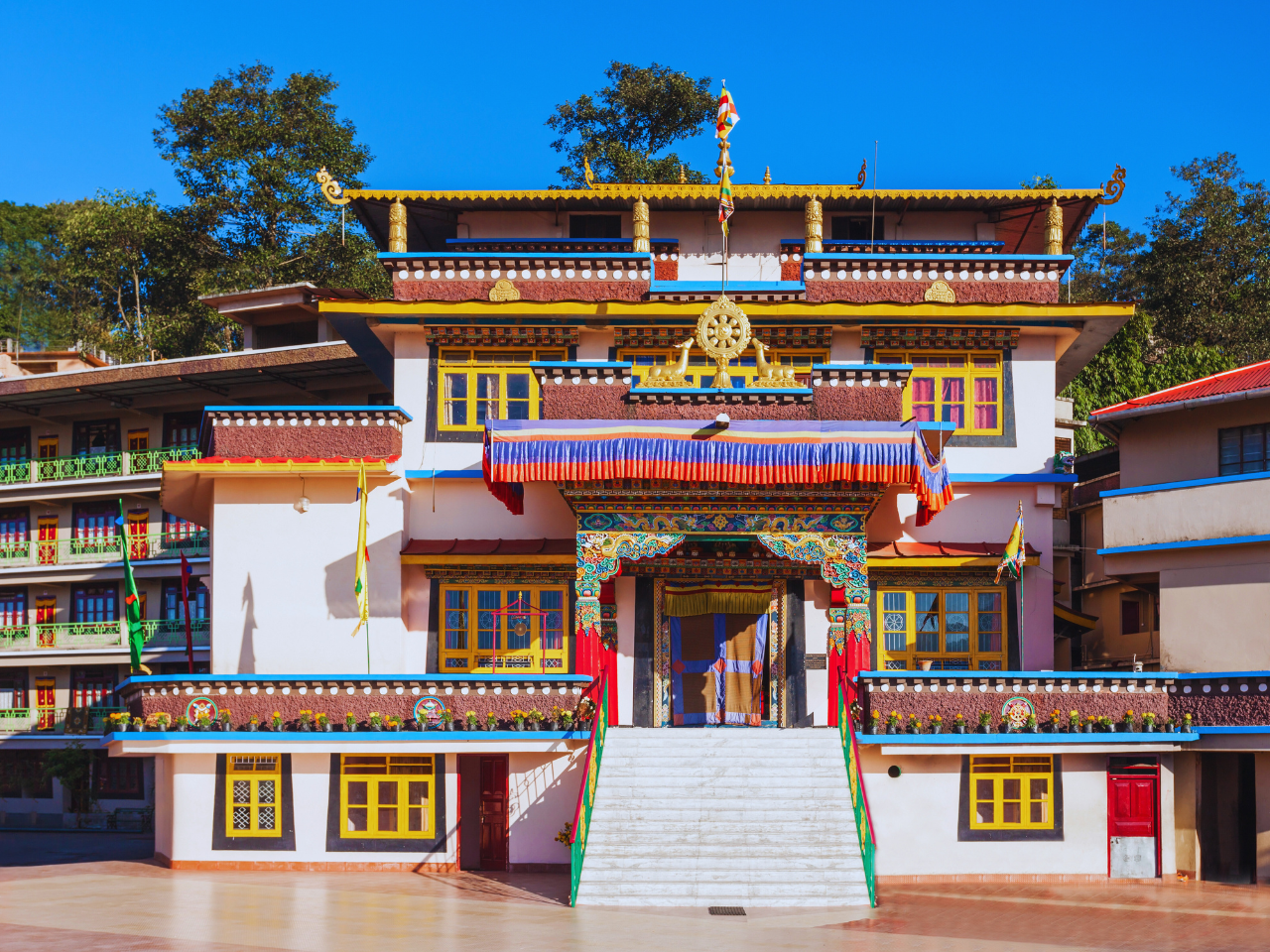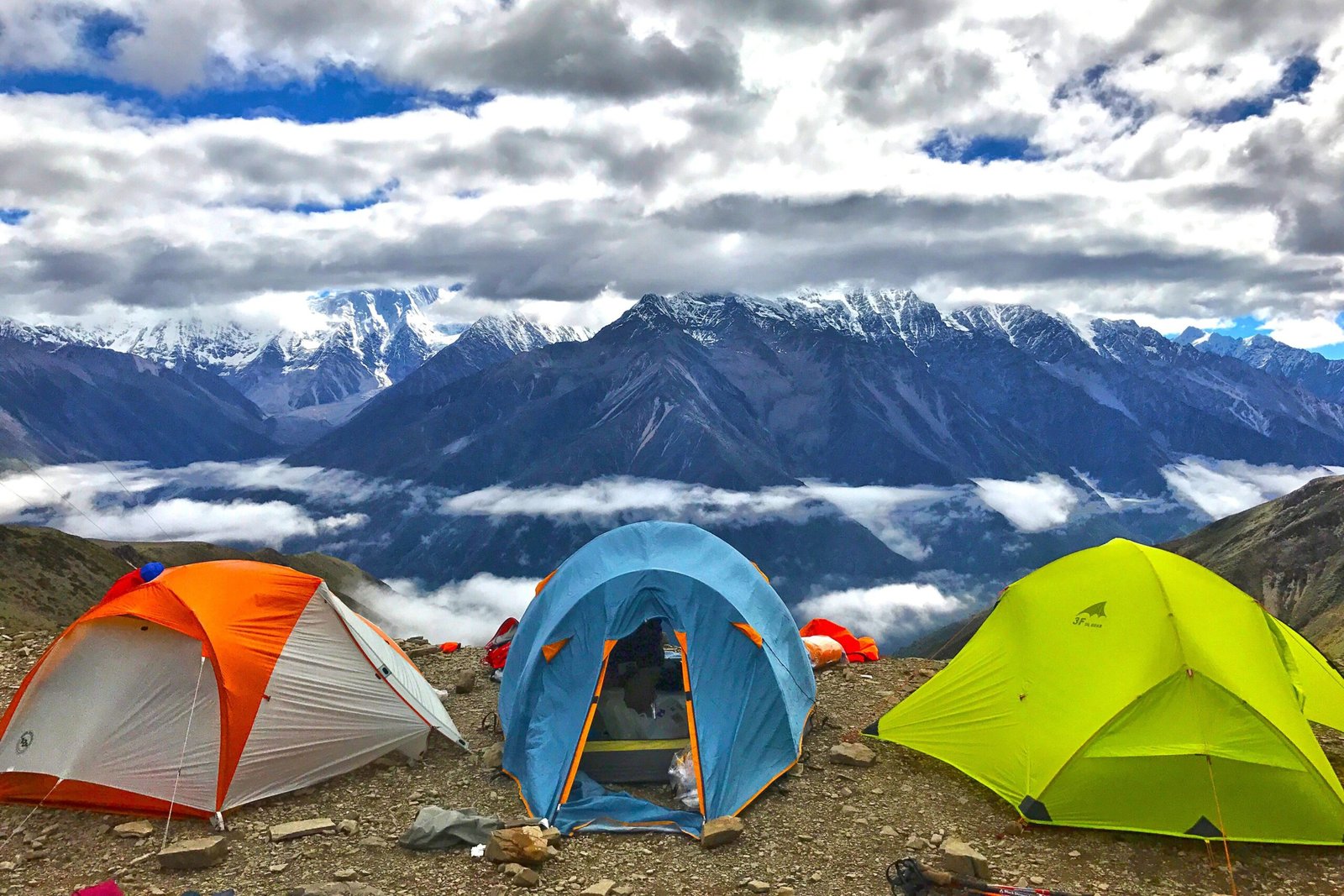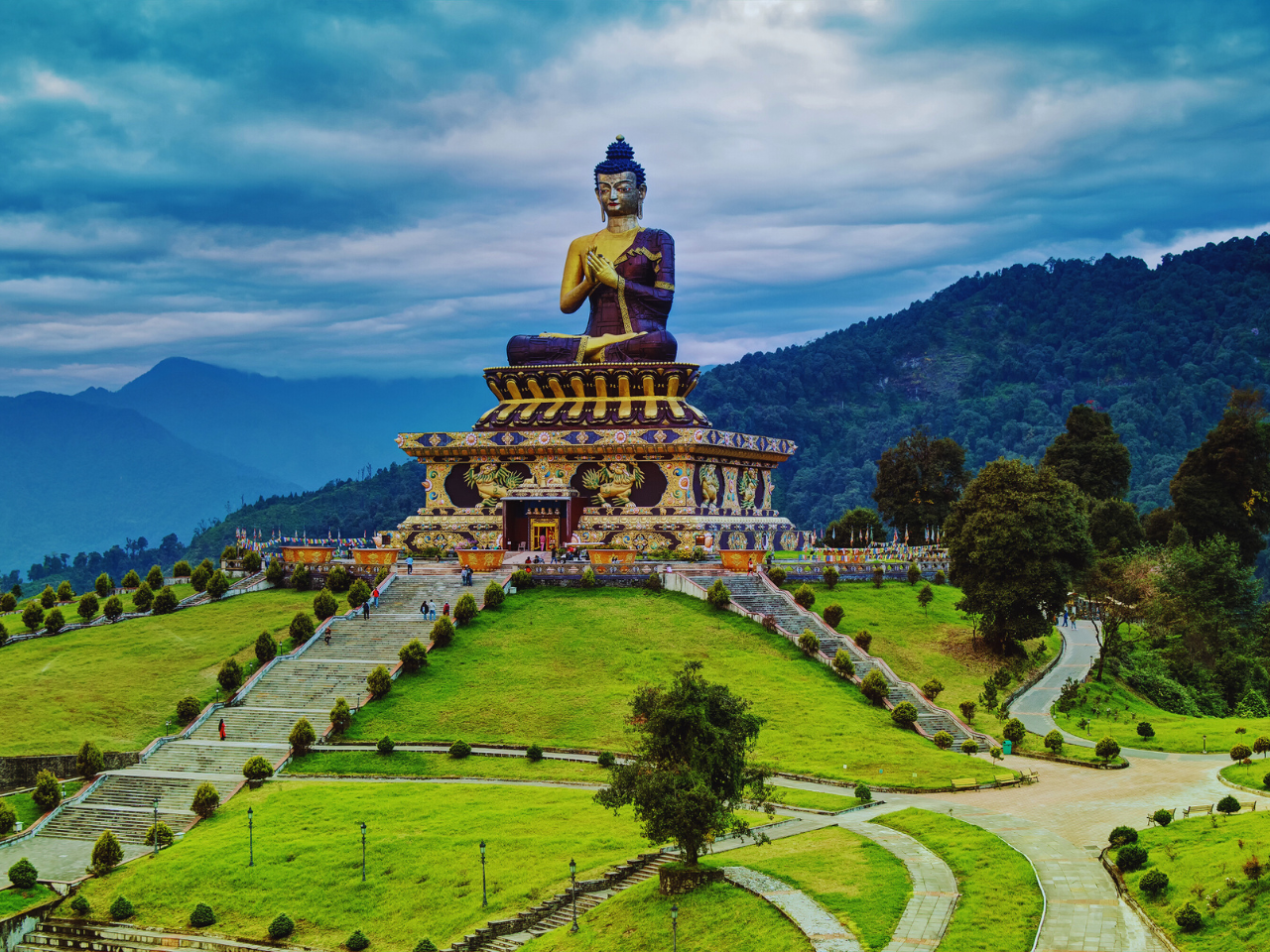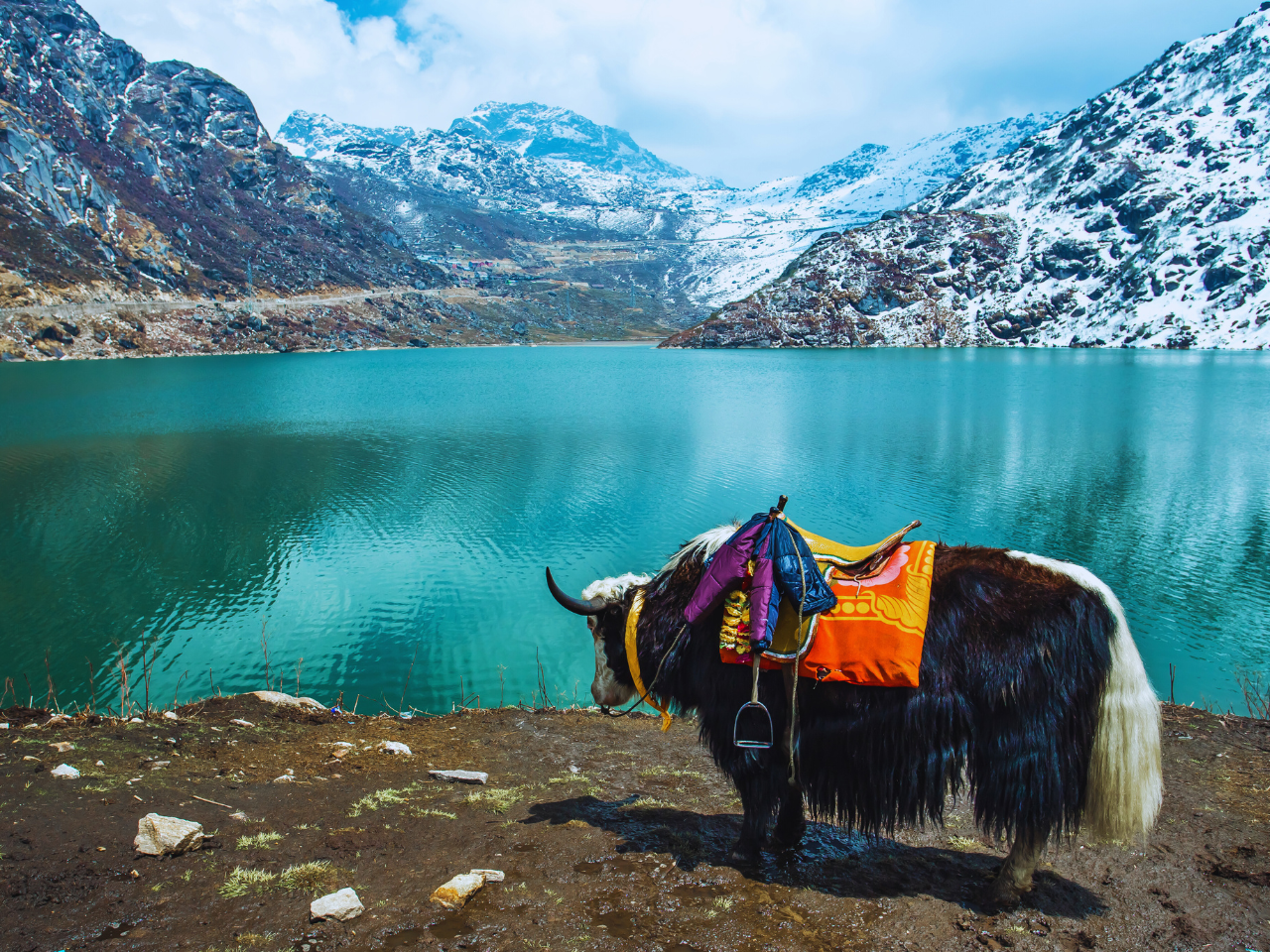Complete Guide to Thrilling Trekking in Sikkim
Complete Guide to Thrilling Trekking in Sikkim
Sikkim, a state nestled in the lap of the Himalayas, is a paradise for nature enthusiasts. With soaring mountains, emerald valleys carpeted with rhododendrons, and serene glacial lakes, Sikkim beckons trekkers with a promise of adventure amidst breathtaking beauty. This blog is your one-stop guide to planning an unforgettable trek in Sikkim, catering to all experience levels, from seasoned mountaineers to curious first-timers.
Famous Sikkim’s Trekking Option
Sikkim’s trekking trails offer a diverse canvas, traversing through alpine meadows, dense forests teeming with exotic flora and fauna, and finally culminating at the base of majestic peaks. Here’s a glimpse into some of the most popular treks:
Kanchenjunga Base Camp Trek:
This legendary trek, named after the world’s third highest mountain, Kanchenjunga, is a dream for many. The challenging route takes you through villages adorned with prayer flags, past picturesque waterfalls, and finally to the awe-inspiring base camp, offering unparalleled views of the snow-clad giants.
Goecha La Trek:
This trek, aptly called the “trekker’s paradise,” is a moderate-to-strenuous expedition that traverses through a captivating landscape. You’ll encounter lush green valleys, serene lakes like the charmingly named Lamjung Tso, and witness the majestic sight of the Kanchenjunga massif reflected in its pristine waters.
Dzongri Trek:
Embark on a cultural and scenic expedition on the Dzongri trek. Explore the rich heritage of Sikkim by visiting ancient monasteries like Pelling and Sangacherling. The highlight of this trek is witnessing the Yumthang Valley, adorned with vibrant wildflowers during spring, earning it the name “Valley of Flowers.”
Green Lake Trek:
This moderate trek is ideal for those seeking a shorter adventure. The trail takes you through dense forests, quaint villages, and finally to the emerald jewel – the Green Lake, a sacred spot nestled amidst breathtaking scenery.
Planning Your Sikkimese Odyssey
Important tip to ensure a smooth and enriching trekking experience in Sikkim
Choosing the Right Trek:
Consider your fitness level, experience, and desired difficulty level when selecting a trek. If you’re a beginner, the Green Lake Trek or parts of the Dzongri Trek could be a good starting point. More seasoned trekkers can opt for the Kanchenjunga Base Camp or Goecha La treks.
The Best Time to Trek:
The ideal trekking season in Sikkim is between March to May and September to November. During these months, the weather is pleasant, with clear skies and comfortable temperatures. However, be prepared for unpredictable mountain weather, and pack accordingly.
Permits and Permissions:
Obtaining the necessary permits is crucial for trekking in Sikkim. You’ll need an Inner Line Permit (ILP), which allows you to enter the state, and a trekking permit specific to your chosen trail. These can be obtained beforehand from the Sikkim Tourism Department or through registered trekking agencies.
Gearing Up for Adventure:
Invest in proper trekking gear, including sturdy hiking boots, comfortable clothing suitable for varying weather conditions, a backpack, a raincoat, and a good sleeping bag. Don’t forget essentials like a first-aid kit, sunscreen, and a water bottle.
Hiring a Guide or Porter:
Consider hiring a certified guide or porter, especially for challenging treks. They can navigate the trails, provide insights into the local culture and environment, and ensure your safety throughout the journey.
Embarking on the Trek: A Day-by-Day Experience
Complete itinerary for a moderate trek like the Dzongri trek, giving you a taste of the adventure that awaits:
Day 1: Start your journey from Sikkim’s capital, Gangtok. Take a taxi or jeep to reach the base camp at Yuksom, a charming village nestled amidst rolling hills. Spend the night in a homestay or guesthouse, experiencing the warmth of Sikkimese hospitality.
Day 2: Commence the trek from Yuksom, following a scenic trail through dense forests. Witness the rich tapestry of flora and fauna, including colorful birds and playful monkeys. After a moderate climb, arrive at Sachen, a picturesque stop with stunning mountain views.
Day 3: Gear up for a steeper climb as you ascend towards Tshoka, a high-altitude meadow carpeted with wildflowers. Take in the panoramic views of the surrounding peaks, including the majestic Kanchenjunga. Overnight stay in a tented camp amidst the serene beauty.
Day 4: Awash in a riot of colors during spring, Yumthang Valley, also known as the Valley of Flowers, is a photographer’s paradise. Capture the vibrant hues of rhododendrons, primulas, and other alpine blooms against the backdrop of snow-capped peaks. After spending time in this enchanting valley, descend back to Tshoka for the night.
Day 5: Brace yourself for the highlight of the trek – a visit to the Dzongri La pass. The trail gets steeper as you approach the pass, but the breathtaking panorama that unfolds at the top makes it all worthwhile. Witness the majestic peaks of Kanchenjunga, Pandim, and Khangchendzonga, standing tall against a clear blue sky. Descend to Dzongri, a high-altitude meadow offering stunning views and a sense of tranquility.
Day 6: Commence your descent from Dzongri, following the same trail back to Tshoka. Take in the familiar sights from a different perspective, appreciating the changing play of light and shadow on the mountains. Spend the night at your previous campsite in Tshoka.
Day 7: Embark on the final leg of the trek, descending through the forests back to Yuksom. The trail is easier, allowing you to reflect on the memories created during the past week. Celebrate your accomplishment upon reaching Yuksom and enjoy a farewell dinner at a local restaurant.
Day 8: Take a taxi or jeep from Yuksom back to Gangtok. Relive the experiences of the trek and browse through the souvenirs collected along the way.
Beyond the Trails: Unveiling Sikkim’s Treasures
While trekking is the heart of a Sikkimese adventure, Sikkim offers a plethora of experiences beyond the trails:
Gangtok Delights: Explore the capital city, Gangtok, a vibrant hub buzzing with cultural and historical significance. Visit the magnificent Enchey Monastery, perched atop a hill, and witness the grandeur of the Himalayan Zoological Park. Indulge in a shopping spree at the local markets, picking up traditional Sikkimese handicrafts and woolen carpets as mementos.
Monastery Circuit: Sikkim is dotted with ancient monasteries, each with its unique architectural style and spiritual significance. Explore monasteries like Rumtek, Pelling, and Dobong, soaking in the serenity and learning about Buddhist traditions.
Whispers of Wildlife: Venture into Sikkim’s rich wildlife sanctuaries like the Kanchenjunga National Park and the Lachung Valley. Spot elusive snow leopards, red pandas, and various bird species amidst the captivating landscapes.
Responsible Trekking Practices
As you embark on your trekking adventure, remember to leave no trace behind. Here are some responsible practices to follow
- Minimize Waste: Pack light and avoid single-use plastics. Carry reusable water bottles and dispose of waste responsibly at designated points.
- Respect the Local Culture: Dress modestly when visiting monasteries and villages. Be mindful of local customs and traditions, and seek permission before photographing people or religious sites.
- Support the Community: Opt for homestays and locally-run guesthouses, contributing directly to the local economy. Purchase souvenirs from local artisans and shops.
- Practice Conservation: Stick to designated trails to avoid damaging the fragile ecosystem. Refrain from disturbing wildlife and leave the natural environment pristine for future generations.
Conclusion
Sikkim’s trekking trails promise an adventure unlike any other. With breathtaking landscapes, diverse flora and fauna, and a rich cultural heritage, Sikkim offers an experience that will leave you rejuvenated and inspired. So, lace up your boots, pack your bags, and embark on a journey to conquer the rooftops of Sikkim, creating memories that will last a lifetime.
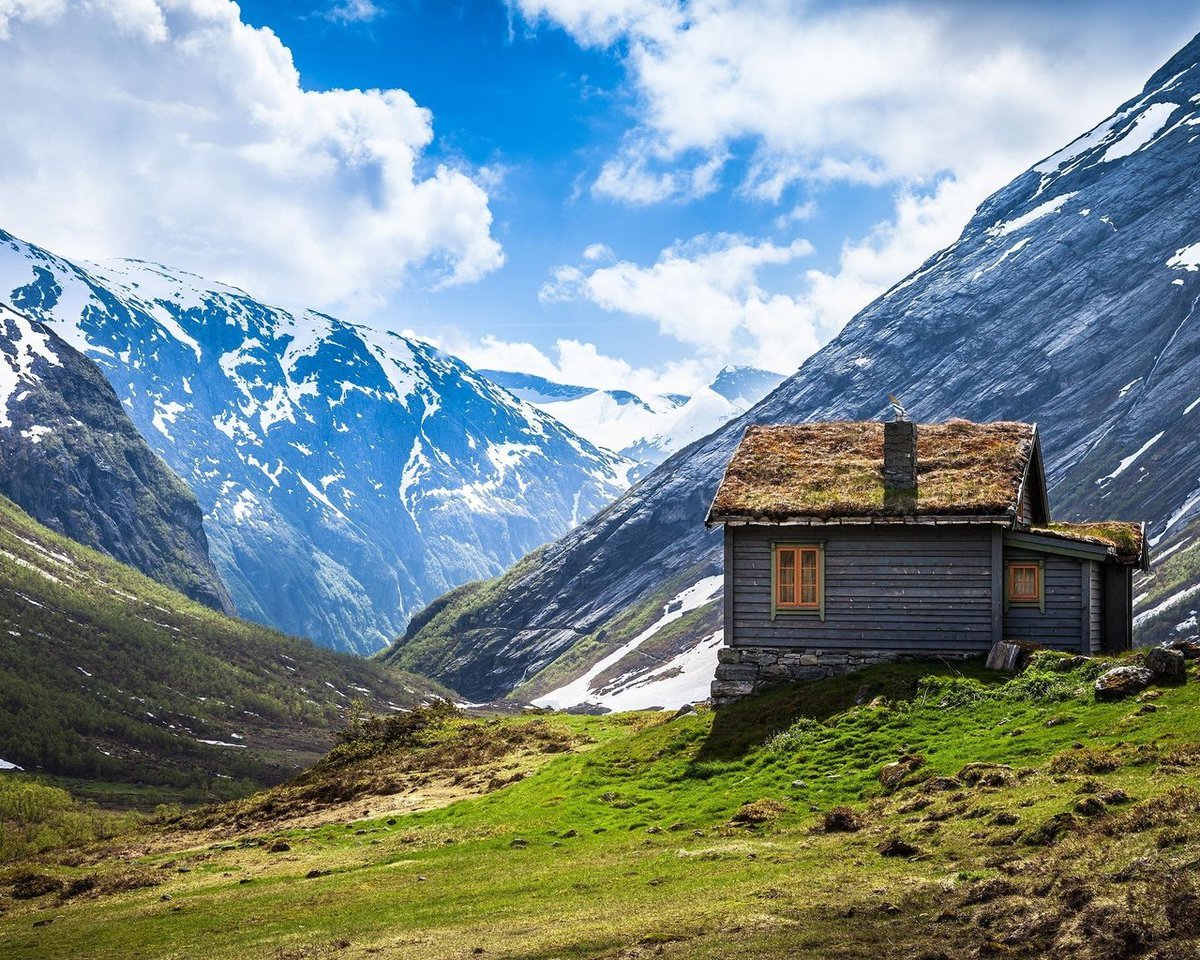
Get Your Best Tour Experience
Customer Speak
Best Seller Package in Sikkim
Place to Visit in Sikkim
Things To Do in Sikkim
Top Attractions in Sikkim
Explore More About Sikkim
- Manali, the princely state of Himachal Pradesh is well connected with most of the neighboring cities like Shimla, Kullu, Delhi, Dehradun, and Mussoorie. Following are the ways by which you can reach Manali.
- By Air: The closest airport to Manali is Bhuntar situated approximately fifty kilometers from the city. Various domestic flights connect Bhuntar with Chandigarh and Delhi. Once on reaching the airport, the traveler can take the prepaid taxi from Manali. Owing to the weather conditions, the most reliable option for getting to Manali is by flight.
- By Bus: Manali is connected to the essential tourist destinations like Leh, Shimla, Dharamshala, Kullu and New Delhi. The journey by bus from Delhi to Manali is five hundred and fifty kilometers. Generally, it is advisable to book tickets via AC Volvo coaches, as the buses are more comfortable than the local ones.
- Road/Self Drive: A car drive to Manali is exuberantly a breathtaking one! The travelers can view scenic glimpses of the valleys and mountains from almost all direction while on a road trip. Though most of the tourist prefer a self-drive to Manali, it is generally advisable to hire a taxi in case the traveler is not comfortable driving its way to the mountainous region.
- Offering distinct charms in all seasons, Manali is a captivating destination. Summers observe Manali turning into an escape from blistering heat plain while winters embellish the town in a graceful turnout of white snow. Have a look at the breakup representing Manali’s climatic conditions:
- September to February: The monsoons stretch to an end in September while winter makes its entry from October. The temperature during winter can go as down to minus one degree Celsius, therefore make sure to carry warm clothes to keep yourself warm in this weather. The time when you can enjoy the spectacular scene and snowfall is in between December to January, making this month span the most cherishable between the honeymooners. This time marks an ideal time for adventure enthusiasts who relish skiing.
Popular destinations in Himachal Pradesh include Shimla, Manali, Dharamshala, Kullu, Spiti Valley, Kasol, McLeod Ganj, Kasauli, and Dalhousie.
The best way to reach Himachal Pradesh is by air to Shimla or Dharamshala, or via road or train routes.
Yes, Himachal Pradesh offers excellent trekking opportunities with diverse trails, beautiful landscapes, and varying difficulty levels for adventurers.
Yes, Himachal Pradesh has direct flights to Kangra Airport and Bhuntar Airport, connecting to major Indian cities like Delhi.
Yes, Himachal Pradesh offers affordable accommodations, local cuisine, and budget-friendly activities, making it a great destination for budget travelers.
Adventurous activities have always been a fancy against which one can challenge and put to test one’s caliber. While we talk about numerous adventure destinations in India, a multitude of names pop up, yet nothing matches the wide variety of adventure activities that are associated with Manali. Therefore, if you are still in the phase to decide upon which adventurous sports to do in Manali, then take a back seat and simply go through the below adventurous activities.
- River Rafting
- Paragliding
- Skiing
- Hiking
- Mountain Biking
- Mountaineering
- Zorbing
- Jeep Safari
- Camping
- River Crossing
- Angling
- Rock Climbing
- Rappelling
- Snow Scooter
- Cable Car Ropeway
- Kayaking

